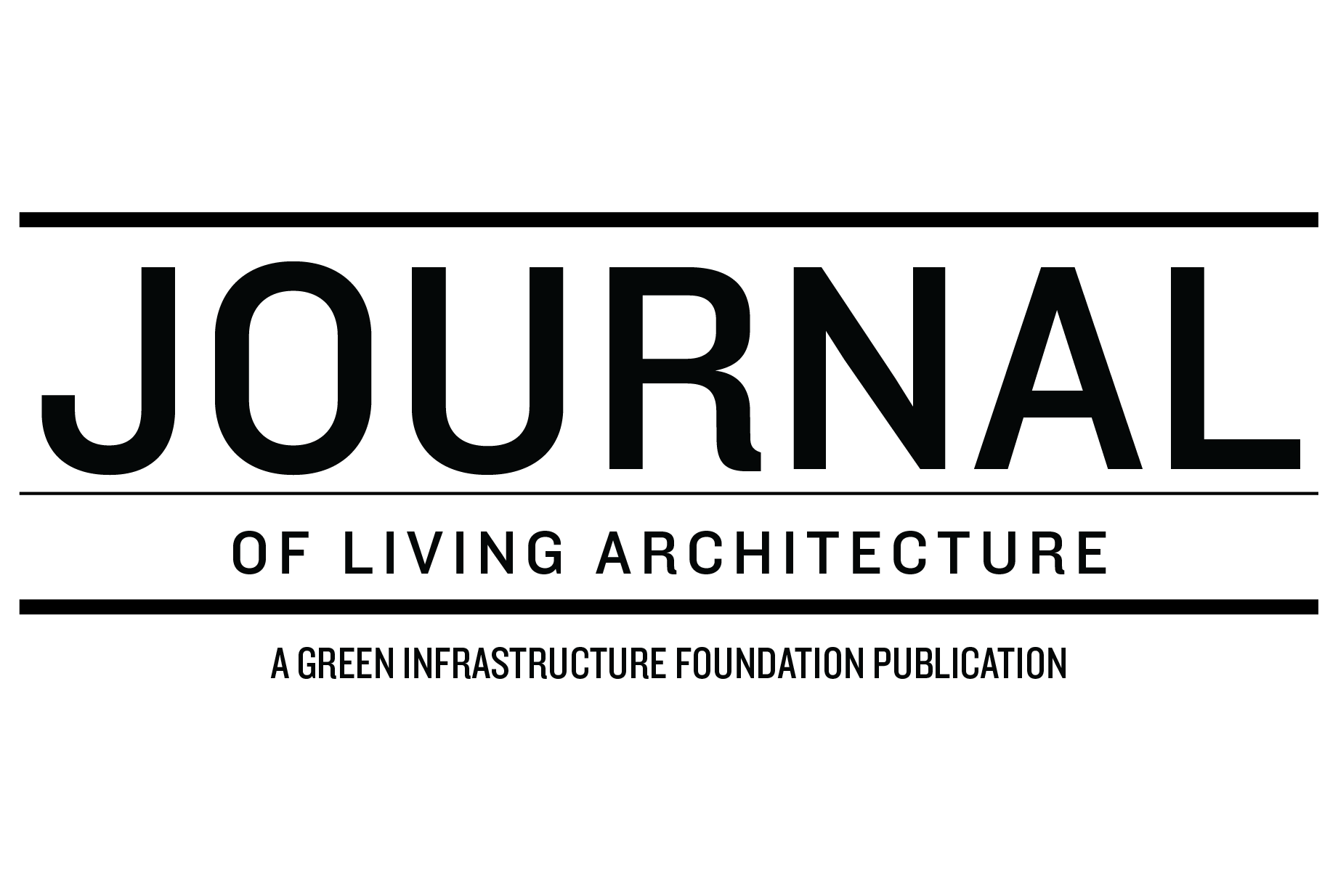Incorporation of Green Infrastructure on Road Tunnel Ventilation Stacks: Potential Ambient Air Quality Improvement
Advertisement
The Journal of Living Architecture is a peer-reviewed, open-access journal, published by the Green Infrastructure Foundation and hosted by the Living Architecture Monitor Magazine. Learn more about the Journal, read all Journal articles, or find out how to submit to the Journal.
Incorporation of Green Infrastructure on Road Tunnel Ventilation Stacks: Potential Ambient Air Quality Improvement
Volume 10 Number 2 Pages 1-15
Peter Irga¹*, Samuel Bailes ¹ ², Stephen Matheson³, Fraser R Torpy³
(1) Faculty of Engineering and Information Technology, School of Civil and Environmental Engineering, University of Technology Sydney, Sydney, Australia
(2) CPB Contractors, 2&4/177 Pacific Hwy, North Sydney NSW 2060
(3) Plants and Environmental Quality Research Group, Faculty of Science, School of Life Sciences, University of Technology Sydney, Broadway, NSW 2007, Australia
*corresponding author: Peter.Irga@uts.edu.au
ABSTRACT
Vehicular tunnels are an important part of transportation infrastructure, though there are concerns about air quality due to the concentrated release of polluted air at roadway portals and tunnel ventilation stacks. Urban green infrastructure offers opportunities as a nature-based solution to mitigate urban particulate matter pollution. Green walls have advantages over other types of urban green infrastructure, since they can be potentially applied to large vertical surfaces available within cities and since they can be retrofitted onto already built structures. However, uptake of green wall technology has been limited on infrastructure projects, let alone the integration of green walls and roadway portals and tunnel ventilation stacks, which represents the first of its type worldwide. Therefore, this study aims to describe the integration of green wall technologies and a tunnel ventilation facility, and models the potential ambient air quality improvement the green wall plants have through PM2.5 dry deposition. It was found that the project would increase ambient PM2.5 to a concentration of 13.6 ug/m3, and that the green walls would have the capacity to remove significant amounts of PM2.5, from not only the ambient air pollutant increase as a result of the ventilation outlets, but also the background and surrounding surface road contributions. Differences in the rate of pollutant removed per stack by the green walls were attributed mostly to the varying ratios of plants installed. The findings indicate the air quality benefits of green wall integration on major infrastructure projects, which will assist in the overall sustainability appraisal of large infrastructure projects which need to balance the needs of population growth with environmental and human health.
Key words: Green walls; Local pollution exposure; Particulate matter; Road tunnels; Ventilation systems
Read the full article at: https://doi.org/10.46534/jliv.2023.10.02.001
This peer-reviewed article is provided free and open-access.
Advertisement

